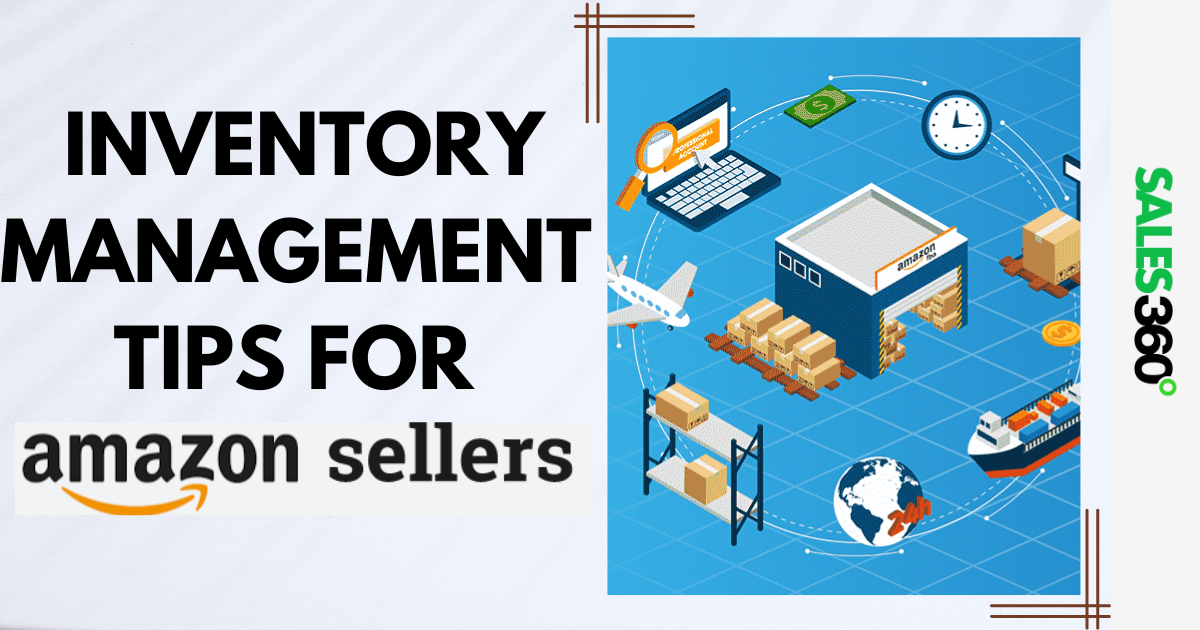
How to Effectively Manage Inventory on Amazon to Avoid Stockouts and Overstocks
Managing inventory on Amazon is a crucial part of ensuring consistent sales and customer satisfaction. Whether you’re a new seller or an experienced one, mastering inventory control can be the difference between boosting profits and facing unnecessary losses. Stockouts can lead to lost sales opportunities, frustrated customers, and a drop in your Amazon seller ranking. On the other hand, excess inventory, or overstock, ties up your working capital and increases storage fees, affecting your bottom line.
Effective inventory management goes beyond just keeping track of your stock levels. It involves using the right tools, understanding demand forecasting, and optimizing your sales process to ensure a balanced flow of products. Amazon provides sellers with a variety of resources, such as the Inventory Performance Index (IPI) and restock recommendations, to streamline this process. However, the key to success lies in how you leverage these tools and implement proven strategies.
Let’s explore actionable tips and best practices to help Amazon sellers effectively manage their inventory. From preventing stockouts to avoiding overstock situations, you’ll learn how to stay ahead in the competitive Amazon marketplace while ensuring smooth operations and maximizing profits.
Understanding the Importance of Inventory Management on Amazon
Inventory management is at the heart of every successful Amazon business. As an Amazon seller, balancing your stock levels is crucial for ensuring continuous sales without incurring unnecessary costs.
Effective inventory control helps avoid two common pitfalls: stockouts and overstocks. Stockouts lead to lost sales, disappointed customers, and potential damage to your seller ranking. Overstocks, on the other hand, result in increased storage costs and tied-up capital that could have been allocated more effectively.
Amazon’s competitive nature requires sellers to master inventory management to optimize both short-term sales and long-term profitability. As the marketplace is constantly evolving, having the right amount of stock available when your customers need it is key to success.
Key Factors Influencing Inventory Levels: Demand Forecasting and Market Trends
To maintain optimal inventory levels, sellers must understand the factors that impact stock availability. Demand forecasting is essential for anticipating future sales, helping sellers avoid both overstocking and running out of stock.
Accurate demand forecasting takes into account various factors such as historical sales data, market trends, and seasonal fluctuations. Tools that predict sales velocity can be particularly useful for estimating how fast products will sell during different periods, ensuring sellers adjust their stock levels accordingly.
Market trend analysis helps sellers stay aware of upcoming product demands, giving them a competitive edge in stocking trending products at the right time. It’s also important to consider external events that may cause shifts in consumer behavior, such as holidays, shopping trends, or even global market changes.
Best Practices for Tracking and Monitoring Your Inventory on Amazon
Efficient inventory tracking is essential for managing Amazon stock. Sellers should adopt real-time inventory management systems to monitor stock levels closely. This allows them to avoid surprises like running out of inventory or overstocking slow-moving items.
Several inventory tracking tools are available, both within Amazon’s ecosystem and as third-party software, which help you stay on top of your stock. These tools can automate inventory updates and alert you when it’s time to reorder.
Setting up a system to track sales velocity for each product can provide critical insights into how quickly stock depletes, making it easier to predict when to reorder and by how much. With the right monitoring in place, sellers can reduce errors, optimize their inventory, and avoid running into issues related to stock discrepancies.
Utilizing Amazon’s Tools and Features for Optimal Inventory Management
Amazon offers several features that sellers can leverage to streamline their inventory management. For instance, Amazon Web Services (AWS) provides cloud solutions that can be tailored for inventory tracking and analysis.
Fulfillment by Amazon (FBA) allows sellers to store their products in Amazon’s fulfillment centers, where Amazon handles the entire fulfillment process, from picking and packing to shipping. Sellers using FBA can benefit from restock recommendations that alert them when their stock is running low, ensuring they never run out of high-demand items.
The Inventory Performance Index (IPI) is another valuable tool that helps sellers understand how well they’re managing their inventory. A high IPI score means a seller is efficiently managing their stock, while a low score indicates potential issues like excess inventory or poor sell-through rates.
Strategies to Prevent Stockouts: Reorder Points and Safety Stock Calculation
Preventing stockouts requires careful planning and proactive inventory management. Sellers should determine their reorder points, which indicate the exact stock level at which they should place a new order to replenish inventory before it runs out.
The reorder point formula is based on lead time (how long it takes to restock) and sales velocity. Calculating safety stock is also crucial for dealing with unforeseen spikes in demand. Safety stock provides a buffer that ensures you won’t run out of inventory if there’s a delay in receiving new stock or if sales increase unexpectedly.
Optimization of order quantity ensures that sellers maintain enough inventory to meet demand while minimizing storage costs and avoiding overstocking.
Avoiding Overstocks: Efficient Product Listings and Clearance Strategies
While it’s important to prevent stockouts, it’s equally essential to avoid overstocking. Overstocking ties up valuable capital in inventory that might take time to sell, and excess inventory can lead to higher Amazon storage fees.
Sellers can avoid overstocking by optimizing their product listings. Ensuring product descriptions, images, and keywords are accurate and effective helps attract the right customers and promotes steady sales.
For products that are not selling as expected, clearance strategies such as discounts, bundling, or flash sales can help move stock quickly. By strategically reducing the price of slow-moving items, sellers can free up capital and reduce storage costs while maintaining a positive cash flow.
Conclusion: Take Charge of Your Amazon Inventory Management and Boost Your Sales Today!
Effective inventory management on Amazon is essential for maintaining sales, customer satisfaction, and profitability. By understanding demand forecasting, leveraging Amazon’s built-in tools, and adopting best practices for tracking and monitoring stock levels, sellers can avoid the common pitfalls of stockouts and overstocks.
Take control of your inventory today to enhance your sales performance, reduce costs, and ensure your business thrives in the competitive Amazon marketplace. Register for updates and tools to optimize your inventory management and start seeing results!




